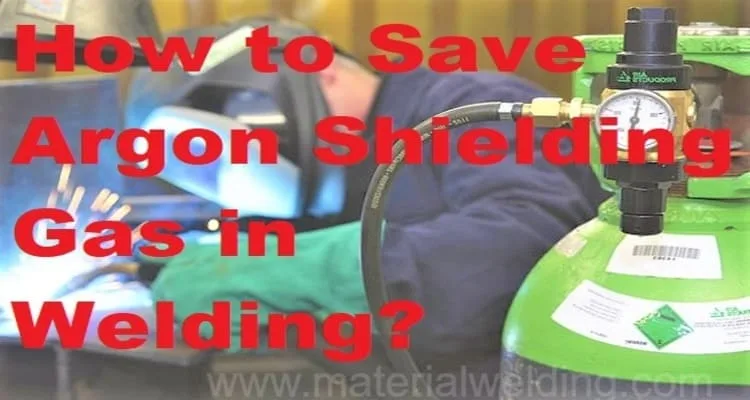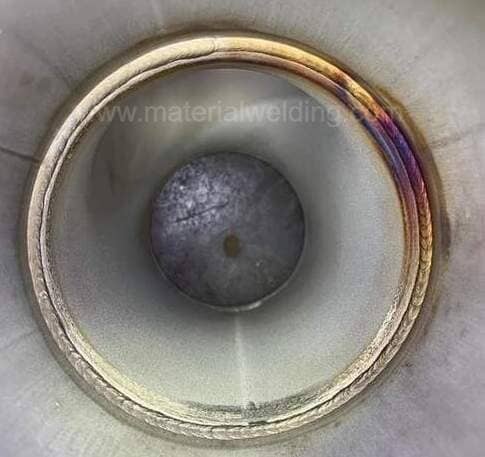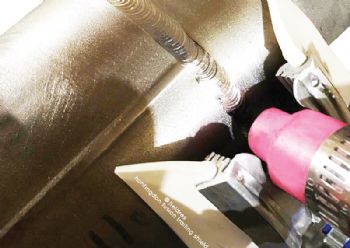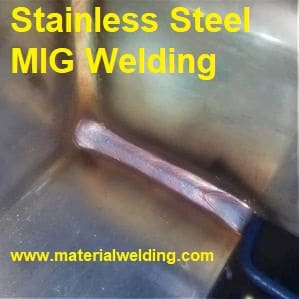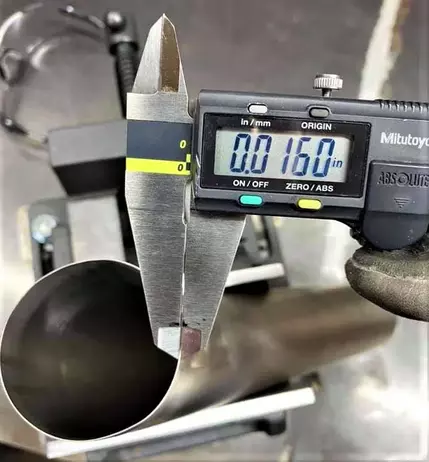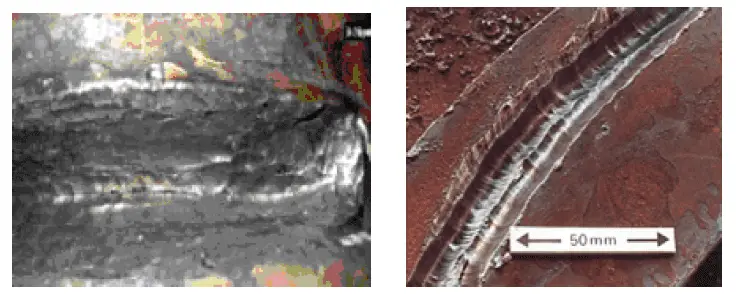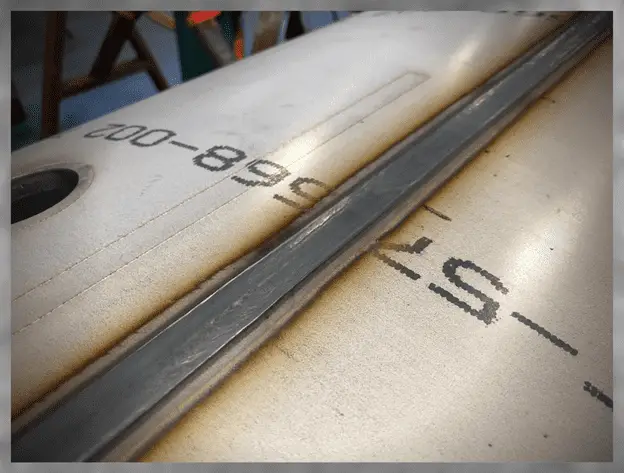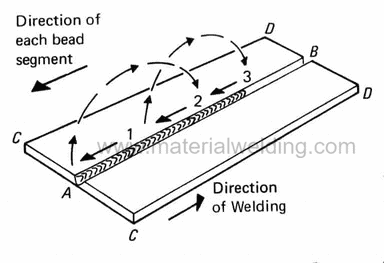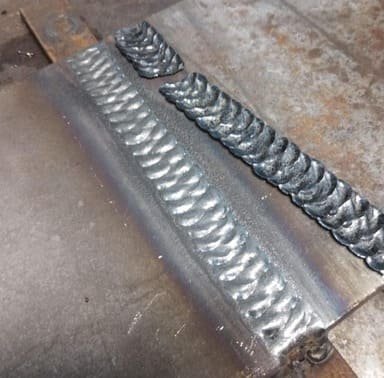What is the purpose of the back purge gas for stainless steel welding?
When welding stainless steel, it is essential to use a back purge gas to ensure the best quality and longevity of the weld. The purpose of the back purge gas is to prevent oxidation and contamination in the backside of the weld, which can lead to corrosion, discoloration, or even failure. This is particularly important for applications where hygiene or aesthetic appearance is critical.
The back purge gas works by displacing oxygen from the surrounding atmosphere with an inert gas such as argon. This creates a shield around the weld area that prevents oxygen from reacting with hot metal and forming oxides. It also helps prevent impurities such as nitrogen or moisture from entering and affecting the weld’s properties.
In conclusion, using a back purge gas when welding stainless steel is crucial if you want to produce high-quality joints that are durable, strong, and free from defects. By creating an oxygen-free environment on the backside of your workpiece during welding or brazing operations, you will reduce oxidation and improve overall quality.
What is Back Purge Gas?
Back purge gas is a technique used in stainless steel welding to ensure that the weld bead’s backside remains free from oxidation, discoloration, or contamination during the welding process. The purpose of this technique is to maintain the integrity of the stainless steel material by preventing any reactions with atmospheric gases such as oxygen and nitrogen.
During welding, the high temperatures can cause a reaction between these gases and the metal surface, which results in discoloration and weakening of the material. Back purge gas works by introducing an inert gas (typically argon) into the area behind the weld joint to displace any atmospheric gases that may be present.
By creating a protective environment around the backside of the weld bead with an inert gas, back purge gas helps prevent oxidation and improves overall weld quality. This technique is commonly used in applications where stainless steel is exposed to harsh environments or requires exceptional corrosion resistance properties.
Types of Back Purge Gases
The back purge gas is a crucial component in stainless steel welding as it prevents oxidation and contamination of the weld pool. There are different types of gases used for back purging, each with its own unique properties and benefits.
Argon is the most commonly used back purge gas due to its inertness and ability to displace oxygen effectively. It also has a high thermal conductivity, which aids in maintaining consistent temperatures during welding. Helium is another option that can be used alone or mixed with argon to improve arc stability and penetration.
For applications where cost-effectiveness is a priority, nitrogen can be used as a back purge gas. While not as effective at displacing oxygen as argon or helium, it still provides some level of protection against oxidation. Carbon dioxide can also be used for low-cost applications but must be carefully monitored as it can react with stainless steel and cause porosity in the weld.
In conclusion, choosing the right type of back purge gas is essential for achieving high-quality welds on stainless steel materials. Factors such as cost, availability, and desired outcomes should all be taken into consideration when selecting a suitable gas for your specific application.
Benefits of Gas Purging
The use of back purge gas during stainless steel welding offers numerous benefits. Firstly, the process helps to protect the welded area from oxidation and discoloration caused by exposure to atmospheric air. Purging with an inert gas such as argon creates a protective barrier between the metal and oxygen in the air, preventing contamination of the weld zone.
Secondly, purging with gas also ensures that there is no porosity or cracking in the welds. This is because gases present within pipes or other confined spaces can become trapped during welding, leading to defects in the finished product. By using a back purge gas to displace these gases, welders are able to produce high-quality welds that meet industry standards.
Overall, using back purge gas during stainless steel welding not only improves the quality of finished products but also reduces costs associated with post-welding repairs and rework.
